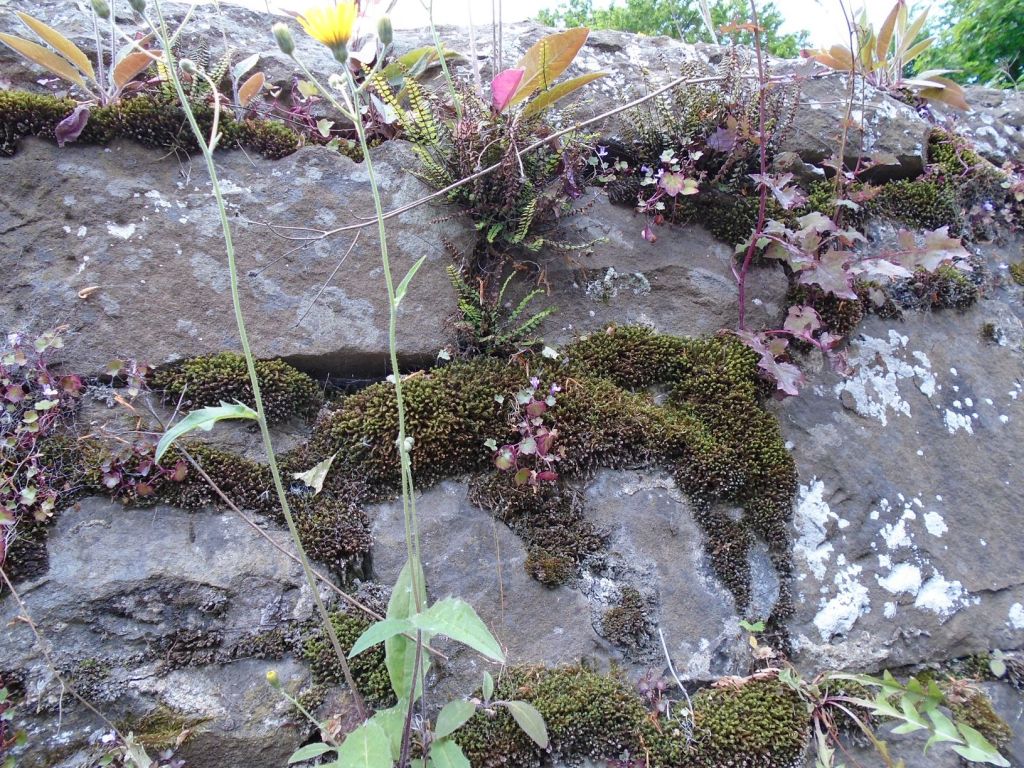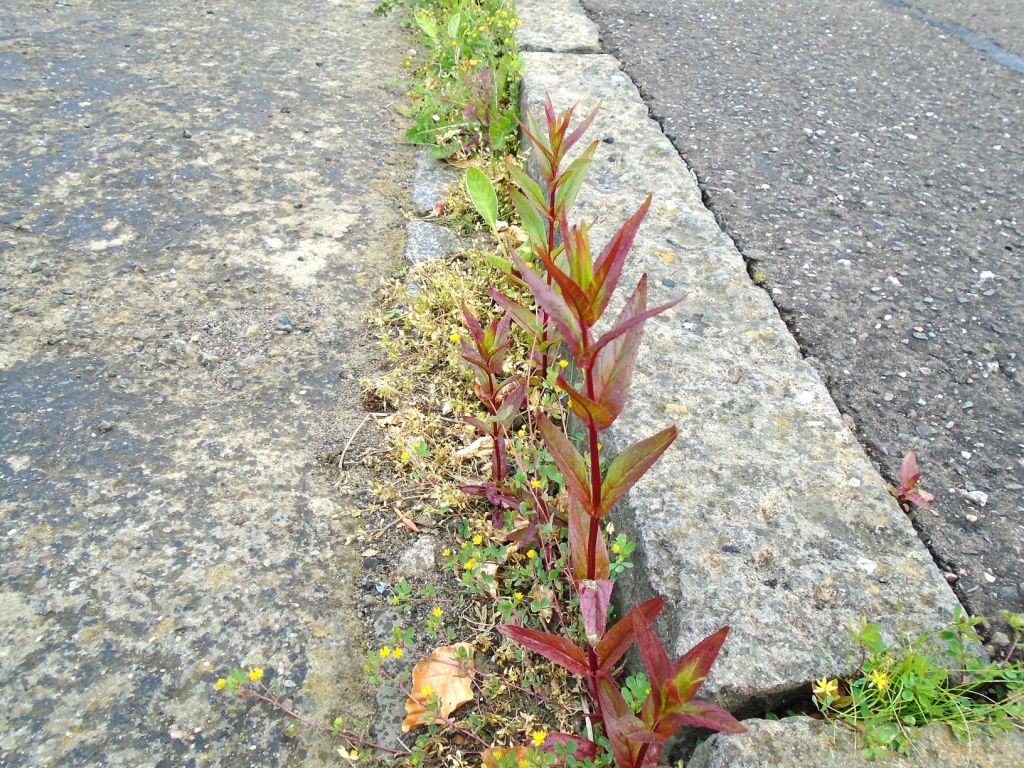When this year’s lockdown came into force, I was faced with having to content myself with botanical exploration near home. In fact, for this project I stayed very near home, within 500 metres of my house in West Dundee. This is a residential area on a south-facing slope.
In 2001 I had noted wild plants growing on roads, pavements and walls on 15 streets in 2 visits in spring and summer, adding another 10 streets over the next 3 years. This year (2020) I repeated the exercise with two visits in May and June, following the same route and method.

There was little change in the overall number of species found, 90 in 2001-4 and 89 in 2020. However, the species lists were different, with 30 species found in 2001-4 not being refound in 2020, and 29 new species being noted. Some of the differences may be by chance, as other species were sometimes seen nearby, but there were some marked changes. The average number of species per street was higher in 2020, being 18 as opposed to 13.6 in the earlier study.
In 2001-4 the commonest species were: Poa annua (Annual Meadow Grass), Taraxacum (Dandelion), Senecio vulgaris (Groundsel) and Epilobium montanum (Broad-leaved Willowherb). In 2020 the most frequent were: Poa annua (Annual Meadow-grass), Arabidopsis thaliana (Thale Cress), Sagina procumbens (Procumbent Pearlwort) and Asplenium ruta-muraria (Wall-rue).
Plants showing marked increases of 7 or more streets were Arabidopsis thaliana, Bromus sterilis (Barren Brome), Campanula poscharskyana (Trailing Bellflower), Cerastium glomeratum (Sticky Mouse-ear), Epilobium ciliatum (American Willowherb), and Sagina procumbens (Procumbent Pearlwort). Similar decreases were noted for Polygonum aviculare (Knotgrass) and Taraxacum.

This limited study does not show any deterioration in street biodiversity. However, we must be cautious, as the timing of visits was not quite the same and in 2020 the first council herbicide application did not take place until after the first visit (I don’t have a note of herbicide timing in 2001).
This is a harsh environment for plants with hard surfaces and regular herbicide attack. The safest place may sometimes be the upper part of walls, where there is little herbicide effect, although a few owners do clean their walls.
Some of the increases are in line with national trends, in particular for Epilobium ciliatum, Cerastium glomeratum and Campanula poscharskyana. Some of the declines could be related to the timing of visits in 2020, which were relatively early in the summer.
Many members of the public are still intolerant of “weeds” in streets, while some of us appreciate their colour and beauty, as well as their role in conservation. Some management is always needed, but should be carried out with restraint. I hope the recent pandemic may lead people to be more appreciative of their local wildlife and flora.
photos and text © Brian Ballinger
One thought on “25 streets in Dundee – 19 years on”